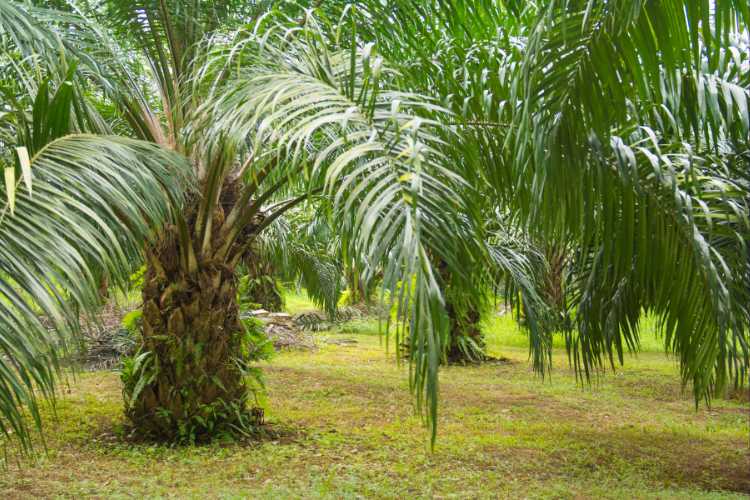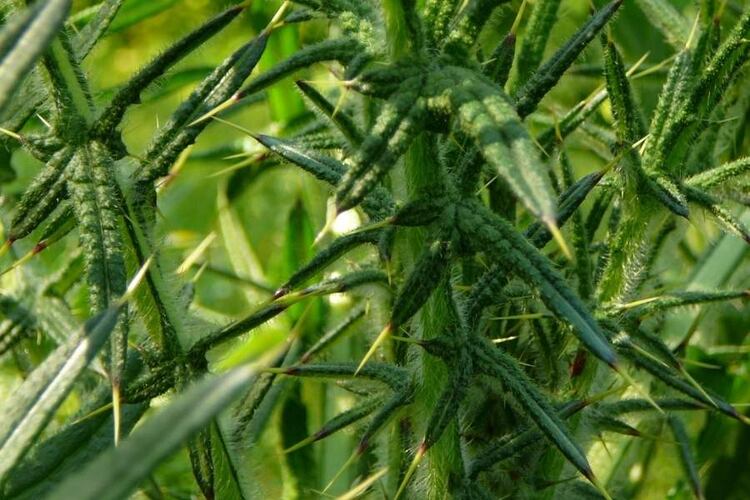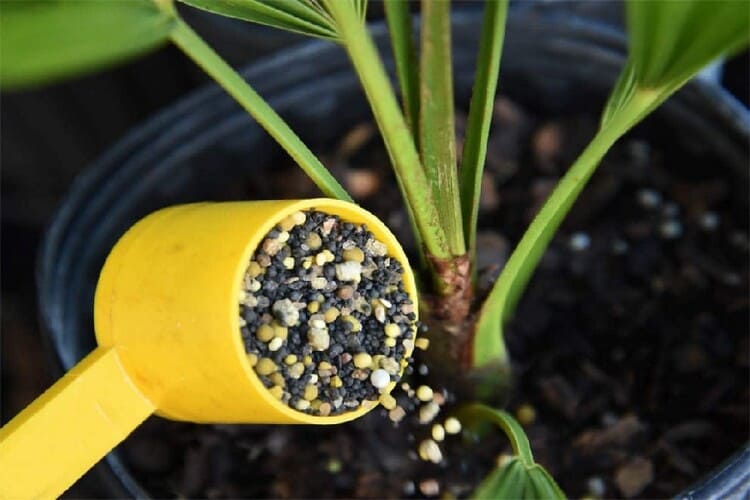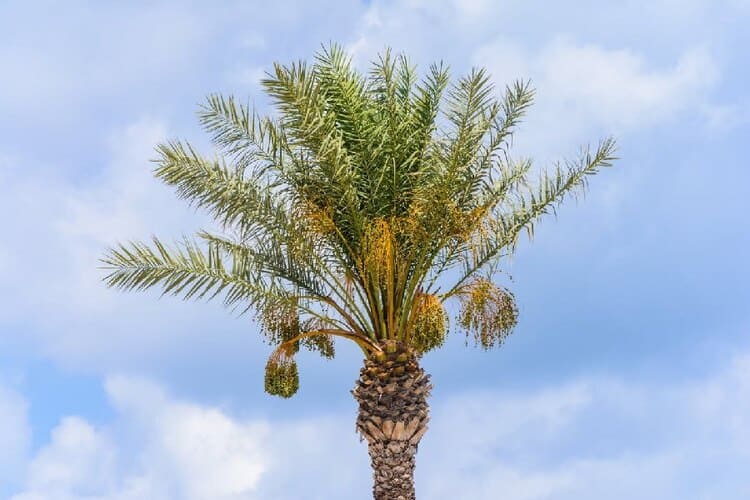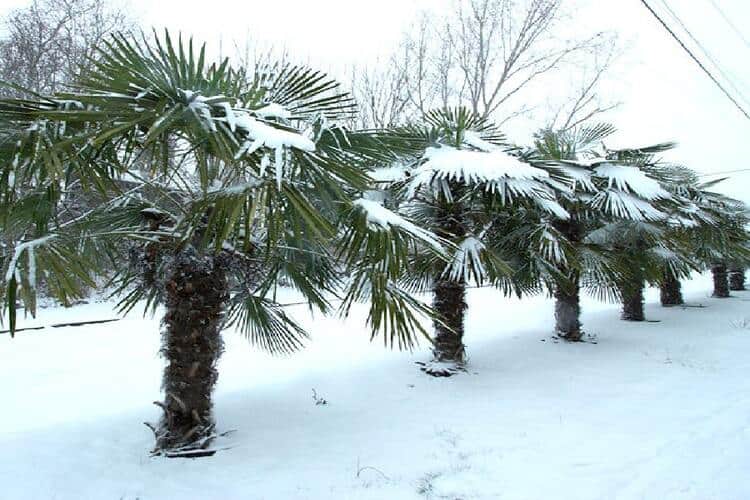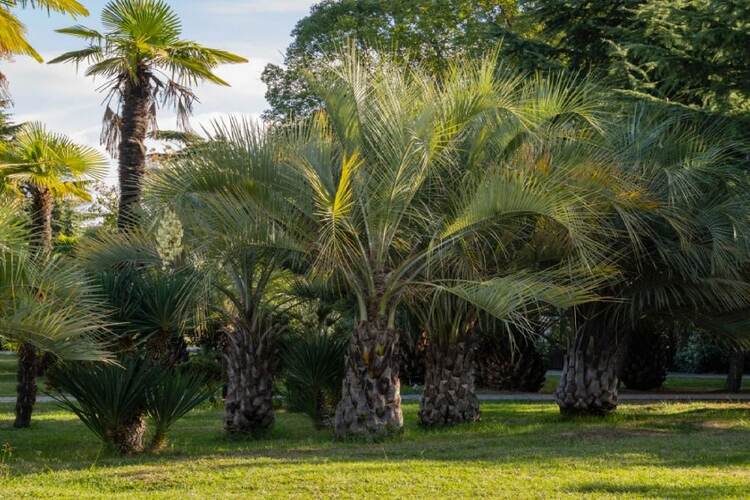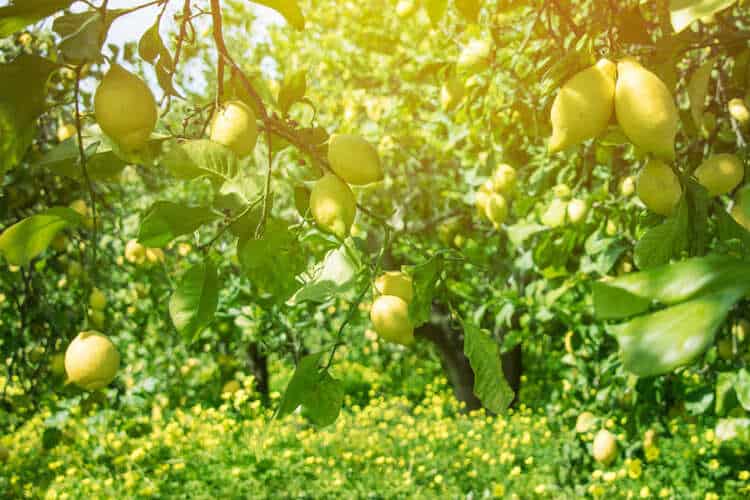When Should I Fertilize My Mango Tree? (The Best Seasons)
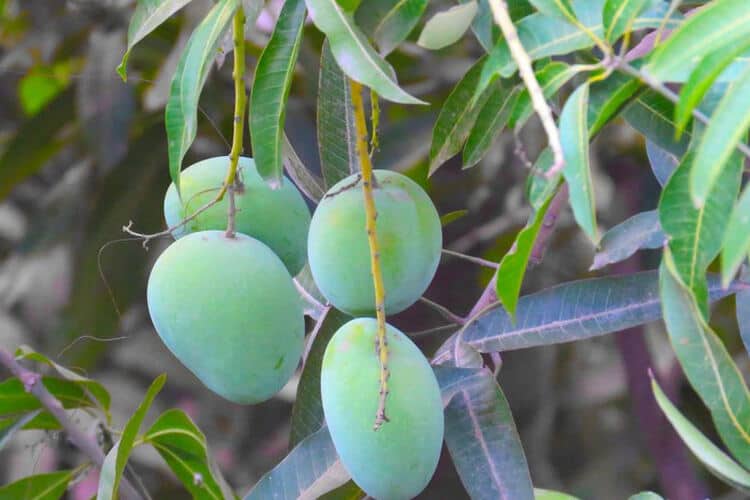
Mango trees may add interest to a garden while also providing cooling shade. However, unlike other fruit trees, mangoes need proper watering and fertilizing. So, when should I fertilize my mango tree?
Young mango trees require a balanced fertilizer with a higher nitrogen ratio to promote healthy leaves. We recommend using fertilizer specifically designed for mango trees.
You should fertilize your mango trees before the first growth occurs in the spring and soon after harvest. Use a slow-release mango tree fertilizer and apply it according to the instructions on the package.
This article will provide detailed information to answer your question.
Let’s delve into the details!
When Should I Fertilize My Mango Trees?
When fertilizing mango trees, remember the following:
The Best Time
The best time to fertilize your mango trees is in the spring and summer. The timing of spring growth and harvest depends on the climate in your area and the specific mango plant species.
This plant starts budding in May in certain regions. It is perfect for harvesting mango fruit around 100 to 150 days after blossoming. Commercial harvesting occurs from June to July, but it can last until early October.
The Worst Time
Fertilizing during droughts and extreme heat periods can harm or even kill plants. Mango plants tend to preserve energy during difficult times, but they thrive if fertilizer is plentiful.
Excessive fertilization can potentially harm young plants. Additionally, high nitrogen content can damage tender roots. If you use fertilizer during the growing process, mix it into the soil in a 50% ratio or less before refilling that hole.
How Often Do You Fertilize Mango Trees?
Fertilize young mango trees monthly and large mango trees three to four times a year. The quantity varies depending on the size of your fruit tree. Young plants should be fertilized with a balanced fertilizer according to the recommended dosage.
Instead of using harsh fertilizers, you can opt for organic fertilizers like fish emulsion, which are less likely to irritate young trees. Take a soil sample to determine the specific needs of your soil and use the appropriate amount of fertilizer. Organic fertilizers, like fish emulsion, are less likely to hurt young trees than harsh fertilizers.
What Is The Best Fertilizer For Mango Trees?
Mango fertilizers come in various shapes and sizes. Depending on how many mature trees you have and how much time you want to invest in fertilizing, you may choose organic solutions that appear as liquids, granules, or spikes.
Fertilizer Spikes
These fertilizer packs are pre-measured and mess-free. All you have to do now is pound them into the soil around the tree.
Depending on the manufacturer, they provide continuous nutrients to the tree’s roots and last ten months. Also, they are safe for humans and pets since they are buried underground, where they are less likely to meet hands and paws.
Moreover, these fertilizers are an effort and time-saver, but they’re more expensive than other fertilization techniques.
Liquid Fertilizer
Before putting the fertilizer around the tree’s base, dilute the needed quantity with water in a can. After that, nutrients will be drawn into the soil and transported to the root system.
Liquid fertilizers benefit from getting to work right away and helping to maintain a balanced pH level in the soil. However, because of its concentrated composition, there is a risk of overfeeding, which can cause root burn, especially among younger trees and other trees like Bamboo.
Powders And Granules
Powders and granules do not usually need to be diluted. You may either dig them up or sprinkle them in the trunk like top dressing. You only need to follow the packing directions to determine the required quantity depending on the tree’s size.
Organic Or In-Organic
Using an inorganic or organic formula depends on personal preference, product outcomes, and environmental concerns. Organics are responsible for keeping you and your trees healthy, although they have benefits and drawbacks.
Whatever your choice, always read the manufacturer’s instructions before using these items and adequately wash the edible product before consuming it.
- Organic fertilizers are composed entirely of natural animal and plant waste and usually have an organic odour. They’re better for the environment and won’t hurt humans or pets if you follow the manufacturer’s instructions.
- Inorganic fertilizers: The manufacturers use chemical nitrogen compounds to make inorganic fertilizers. Therefore, they usually have no odour, but excessive or improper use of them can result in the release of harmful chemicals that can harm your trees as well as humans, animals, and the environment.
Conclusion
I hope this article can help you answer the question, ‘When should I fertilize my mango tree?’ Remember to follow our guidance when fertilizing the plants for the best results. Thank you for reading!
Related posts:



